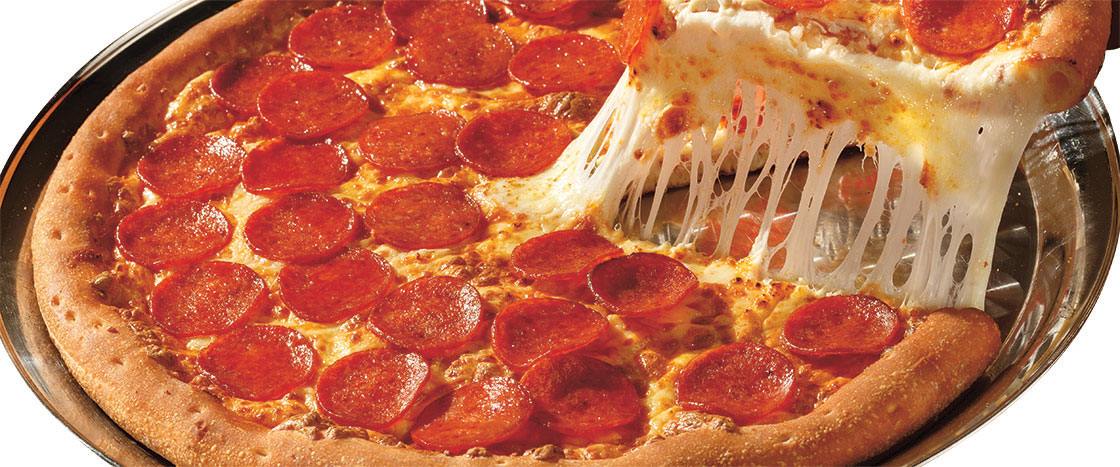In the 1930s, pizza was baked in an enormous oven the size of an elephant. These ovens were heated with coal, took hours to get hot, and required constant supervision from a skilled baker to keep the pie from burning to ash. To make his pizza dreams come true, Mastro knew he would need to get creative.
So Mastro decided to invent a new oven.
After a few months of tinkering, he had designed a pizza oven that was simple, sleek, and efficient. It was powered by inexpensive gas, baked multiple pizzas in minutes, and could be operated by anyone.
Yet when Mastro tried to sell his ovens, restaurant owners scoffed at him. Pizza, they said, wouldn’t taste the same if it wasn’t made the traditional way.
Mastro was frustrated, but he refused to give up. Instead, he opened Frank Mastro’s Model Pizzeria, where a chef made pizzas in front of a huge window for all to see. Mastro demonstrated how fast and easy it was to make delicious pizza in his new gas oven, and he invited curious passersby to come in and sample a slice. Sales for Mastro’s ovens soon skyrocketed.
With each oven he sold, Mastro provided instructions on how to bake the perfect pie along with a guide for how to open and run a successful pizza restaurant. He helped hundreds of families start their own pizzerias; sometimes he even loaned people money to help get their businesses up and running.
Over the next two decades, the number of pizzerias in America soared from 500 to 20,000, and Mastro was dubbed “The Pizza King.”

